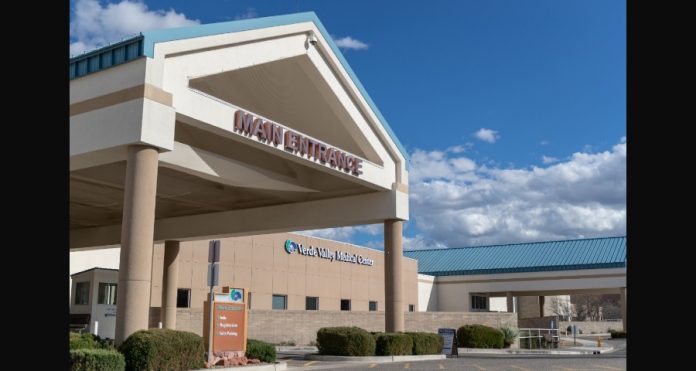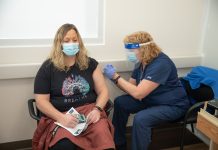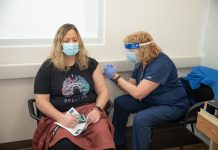
On April 4, Yavapai County had its first death from the COVID-19. As of Tuesday, April 13, the county has 70 cases, with 29 in the Verde Valley and 41 in the Prescott area.
Last week, the county started providing more data about the locations of COVID-19 cases within these regions. As of Tuesday, April 15, there were 10 cases reported in Sedona, 12 in Cottonwood and an additional seven cases spread out in other parts of the Verde Valley.
Those numbers increased by two from April 8 to 12 and five on April 14. In earlier Yavapai County reports, most days saw steady, daily increase. In the week from April 5 to April 12, Yavapai County saw a 41.3% increase in cases, from 46 to 65. In the previous week, starting on March 29, the county saw a 283.3% increase in cases, from 12 to 46.
County health officials cannot point to any definitive explanation of the plateau — no new reported cases between April 8 and April 12, two on April 13 and five on April 14 in the Verde Valley but zero in Prescott.
The first possibility county health officials mulled was a problem with testing capacity, stating many individuals who have contracted the virus haven’t yet been able to confirm the diagnosis.
Stephen Everett, section manager for communicable diseases at YCCHS, has repeatedly said that he does not think the country or the county’s testing capabilities are enough to get an accurate picture of the spread of the virus.
The other possibility is that the social distancing measures put in place really have arrested the spread of the disease in the area, Everett said. By shutting down before the virus spread widely as it has in other parts of the country, Yavapai County may have been able to stop a large outbreak from happening.
It has now been a full month since the beginnings of school and business closures in the state of Arizona, meaning that the virus, even with its very long incubation period that allows symptoms weeks after contracting it, may be having trouble spreading in the area, he said.
“If people are sick, they’re staying at home, which is real key,” Everett said. “If you’re sick, don’t go out where you can infect other people. I’m hoping that’s what it is. We’ll know more when we get medical services to deal with the pandemic in the case of it getting bad …. We’re definitely not seeing the number of cases like we were last week.”
While rural areas like Yavapai County may have an easier time reducing the spread of the disease than some urban areas like New York City or Detroit, which have seen severe outbreaks, the county faces a challenge of limited health care services. Verde Valley Medical Center last week announced its intention to increase its number of hospital beds, allowing it to take in more patients. That increased number of beds will total 139, at least 30 of which will have to remain in use for non-COVID cases.
Public health leaders continue to urge residents to continue social distancing, even with signs showing virus spreading has lessened, warning that returning to normal before the virus’ spread has been stopped could be detrimental.
“I know everybody is starting to feel antsy and wanting to go out, or go to the store,” John Mougin, chief quality officer at Northern Arizona Healthcare, told reporters on a press call last week. “We’re asking everybody to do their part and stay healthy.”





















